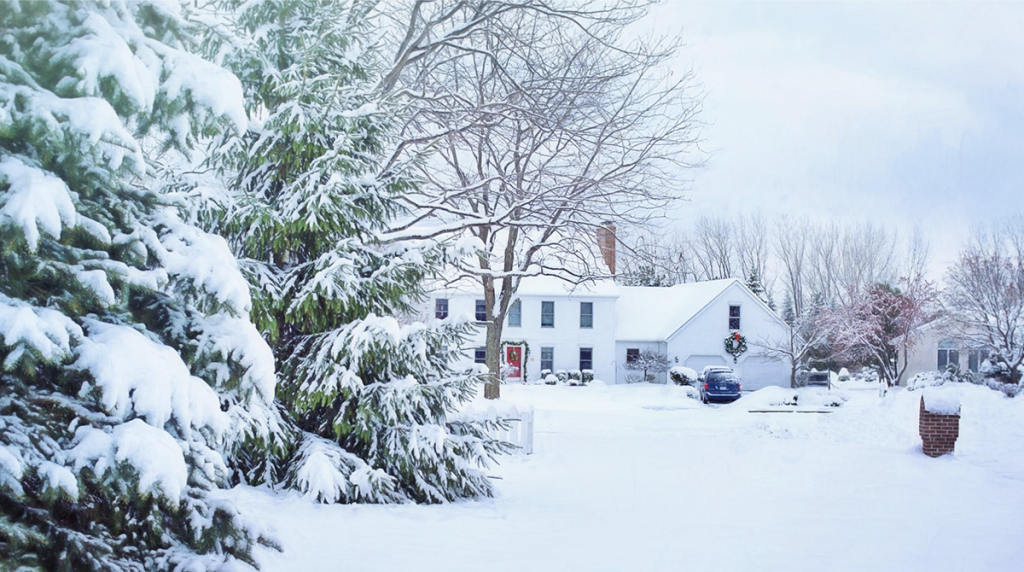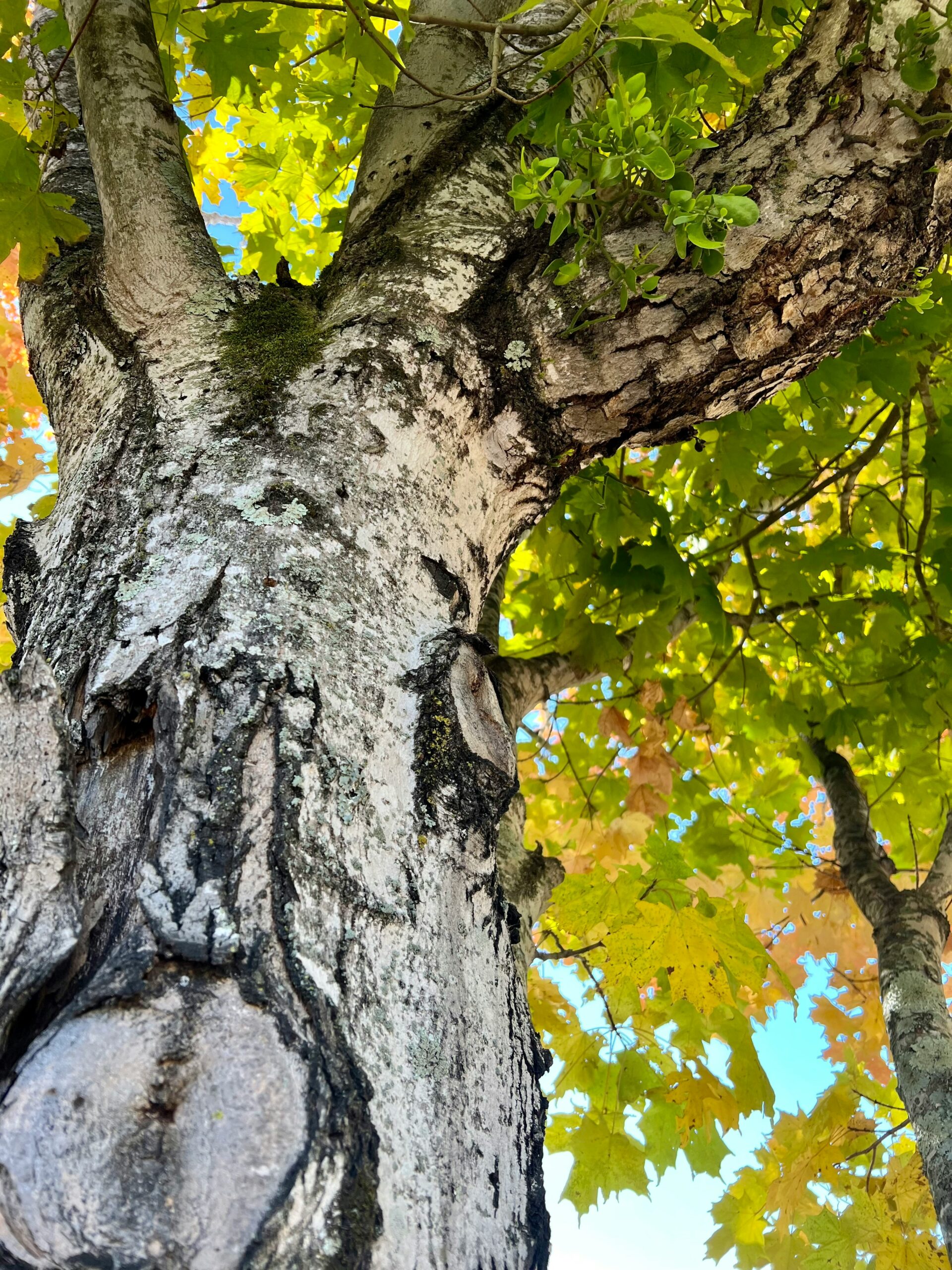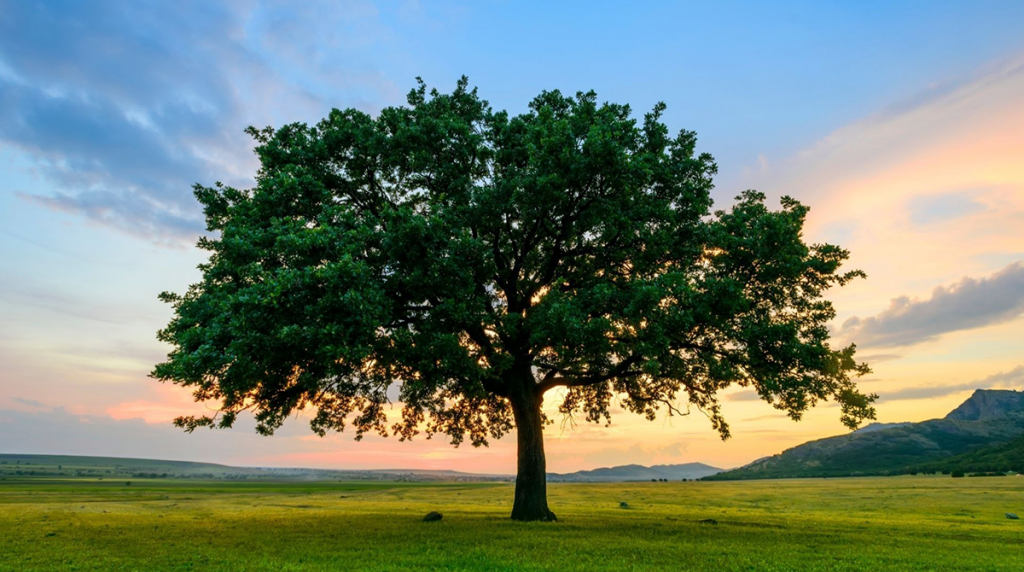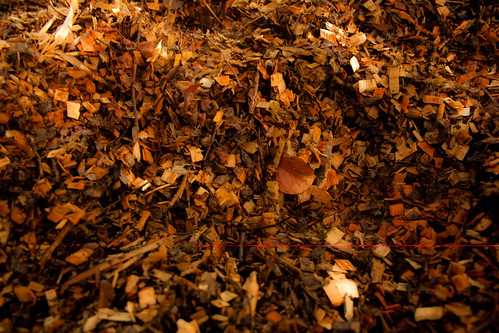
Preparing for Winter: Winter Tree Care
Date November 03, 2020
Category
While you get ready to get cozy up for the winter, your trees are also preparing for winter. For us, preparing for winter is mostly a matter of comfort, but proper care for trees in winter can be the difference between life and death.
When Nature Needs Nurturing
Nature provides some winter tree care in the form of instincts and evolution. When it starts getting cold, trees start to slow down their operations for making their own food, and they shed their leaves. They aren’t dying but entering a state of dormancy.
Similar to the way animals hibernate, trees enter a state of dormancy so that they use less energy and essentially “sleep off” the time spent in the cold. But when animals hibernate, they’re still using energy. Tree dormancy is more like a business that closes during the offseason to save on operating costs. In winter, there’s harsh weather, less food, and less sunlight, which makes it harder for trees to get a good return on their investment, so to speak. That’s why they shut down for business during the winter and open back up in the spring.
But trees don’t have calendars to help them know when to open back up–they rely on instincts triggered by their environment. Temperature, moisture, and sunlight are some of the main factors that trigger trees to start or stop production.
This is why if your trees are not native to the Dallas area, it’s likely they will not know exactly when to open back up for business. But even trees native to Dallas can get confused by the inconsistent winters. For example, a particularly sunny day might trick a tree into thinking spring came early, and mistakes like that can be deadly without the help and guidance of a tree care expert. Adapting to whatever winter throws at us makes Dallas tree care a unique practice even among arborists, and when it’s done right, your tree will be as happy and cozy as a cat in a quilt.
Follow these winter tree care tips, and your trees should come back strong as ever in the spring.
Pruning is Prudent
Tree pruning is one of the most standard methods of winter tree care. Its purpose is to essentially give your tree a leg up in energy management for winter. Although trees shed their own leaves, they have a hard time letting go of branches that are infected or dead, or broken. In fact, the trees may be wasting energy trying to mend these branches!
Since trees don’t have brains, they can’t tell which branches are worth keeping and which are a lost cause. But humans who don’t have the experience of a tree care expert might not know where and how to cut either. An ISA Certified Arborist can make the right call. They have plenty of experience in tree pruning, so they can make cuts that will help rather than hurt your tree.
Pruning tree service is important not just for the health of your tree but also for the safety of your home, family, and everything that may be near those broken branches. With the help of a tree care expert, you can remove the branches in a way that won’t hurt your tree but also keep everyone safe.
Fertilization Station
Plants love fertilizer, and using the right fertilizer is essential for root tree care in winter. Healthy soil encourages the trees to reach their roots deeper into the soil, which helps anchor the tree against the elements and prolong the life of the tree.
Be sure to consult a tree care expert about which fertilizer to use though because some fertilizers could do more harm than good. You don’t want your trees to grow too much, or they could be damaged by freezing temperatures.
Water Trees Nice To Beat the Ice
Winter is cold and dry, so it’s important to make sure your trees have plenty of water before they go dormant. In the cool weather, water the tree and soil slowly so that the water gradually reaches down into the roots of the tree.
For best results, don’t stick the hose right at the trunk– instead, spread the watering around the area under its branches to the extent of its longest branch. That way, all of its roots can have a drink. In total, it’s best to water your tree with 10 gallons of water for every inch in diameter. It may help to set up a watering schedule–our tree care experts can help you determine what will be best for each of your trees.
Wrap It Like a Present
In some cases, it may be wise to wrap any newly planted trees to prevent sunscald damage. While not commonly needed in the DFW area, some young Red Oaks and Maples may benefit from the practice if done right. Compared to Northern climates, winters in the Dallas area can be quite warm, and a sunny day in winter may trick some trees into leaving dormancy too early. Then when it gets cold again, the cells that woke up too soon suffer from the frost. Younger trees are especially vulnerable, so if you expect extreme cold, they may benefit from a good wrap! Once it starts getting warm again, it is important to quickly unwrap your tree though, and inspect it for health. We recommend consulting with a Certified Arborist before making a decision about tree wrapping.
Trust in Our Tree Service to Care For Your Trees in Winter
Whenever humans plant trees, we are creating an environment that is completely unique to them. That’s why instincts aren’t always enough to care for trees in winter; they depend on tree care experts.
Our ISA Certified Arborists provide professional tree services in the Dallas-Fort Worth area to homeowners and commercial properties alike. From tree pruning to general tree health, we’ve helped countless trees through winter. We’d be more than happy to make sure yours will have a nice, snug snooze through the cold.
To learn more about caring for your trees in winter, call our Argyle and Southlake based teams
at tel:(817) 592-6846 or send us a message.
We’re a little different than the average tree services company.
Learn more about TreeNewal’s ISA Certified Arborists!
Our Dallas/Fort Worth-based tree doctors can explain how sustainable tree care services add more value to your bottom line.
Healthy trees, healthy lives.







